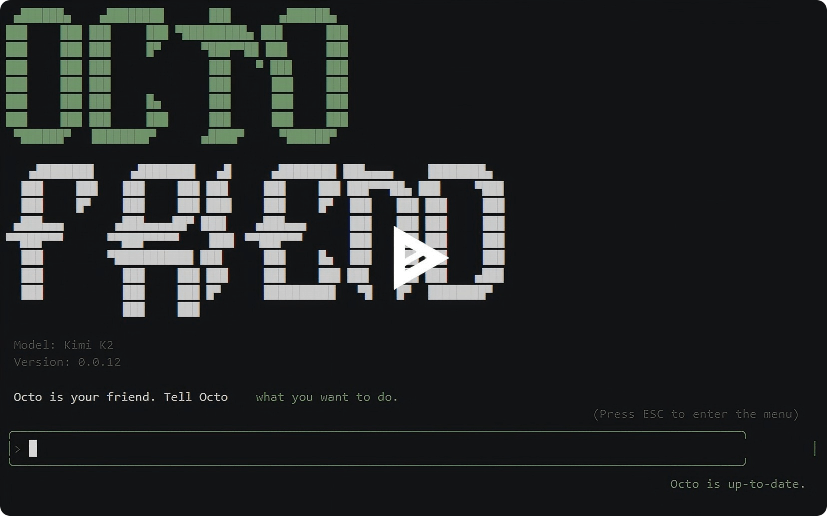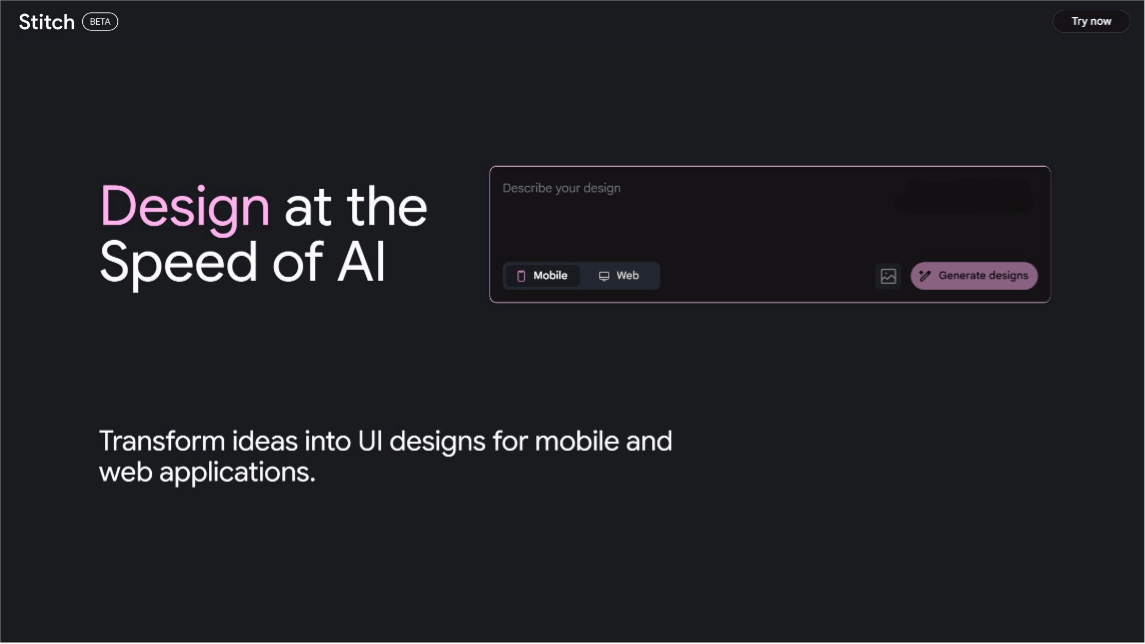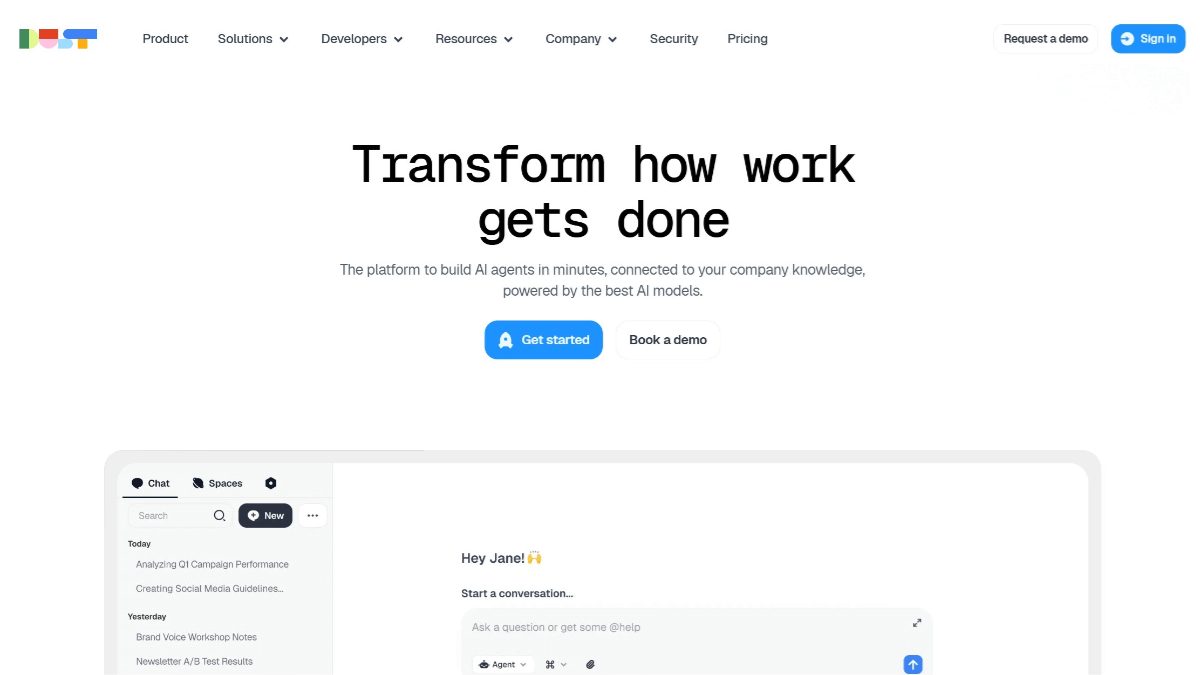Time-R1 – A Time Reasoning Language Model Based on a 3B-Parameter Architecture
What is Time-R1?
Time-R1 is a 3B-parameter language model developed by a research team at the University of Illinois Urbana-Champaign. It achieves significant breakthroughs in temporal reasoning through a unique three-stage reinforcement learning training approach.
-
In the first stage, “Comprehension,” the model builds foundational capabilities through tasks like timestamp inference and time difference estimation.
-
In the second stage, “Prediction,” the model learns to predict the specific time of future events.
-
In the third stage, “Generation,” it generates plausible future scenarios.
A dynamic reward mechanism is used to help the model progressively master complex temporal reasoning skills. Time-R1 has shown outstanding performance in temporal reasoning tasks—outperforming models with 10 times more parameters in timestamp inference and achieving top scores in future event time prediction.

Key Features of Time-R1
-
Establishing Basic Temporal Concepts:
Time-R1 undergoes reinforcement fine-tuning with four core tasks—timestamp reasoning, time difference calculation, event ordering, and time entity completion—enabling precise mapping between events and time, laying a solid foundation for temporal understanding. -
Historical Event Reasoning:
It accurately infers and judges the sequence and intervals of past events, offering deeper insights into historical timelines and contexts. -
Future Event Time Prediction:
Without accessing future data, the model extrapolates based on historical trends to predict the timing of events beyond its knowledge cutoff. In experiments, Time-R1 achieved the highest score (0.7697) in predicting future events between August 2024 and February 2025, surpassing all baseline models—including the much larger DeepSeek-R1-671B (0.7503). -
Trend Forecasting:
It analyzes historical data to project future developments and trends, supporting strategic decision-making. -
Future Scenario Generation:
Without additional training, the model can directly generate plausible future scenarios based on specified time points, demonstrating creativity and producing engaging future narratives. -
Content Creation:
In journalism and media, it can generate reports and commentary based on temporal clues.
Technical Principles of Time-R1
Three-Stage Reinforcement Learning Framework
-
Stage 1: Comprehension
Reinforcement fine-tuning using four foundational temporal tasks (timestamp inference, time difference estimation, event ordering, and masked time entity completion), trained on The New York Times articles from 2016 to 2023. This helps the model build an internal mapping between events and time. -
Stage 2: Prediction
Based on the foundation of Stage 1, the model is further trained with post-knowledge-cutoff data—including real news articles from January to July 2024 and synthetic data from August 2024 to February 2025—to enhance its capability to predict future event times. -
Stage 3: Generation
The model leverages the capabilities gained in the first two stages to directly generate coherent future scenarios based on specified future times and topics, such as hypothetical news events.
Dynamic Reward Mechanism
-
General Reward-Penalty Design:
Includes format adherence rewards, label structure rewards, and penalties for excessive length and repetition to ensure well-formatted, clear reasoning without redundancy. -
Task-Specific Precision Rewards:
Tailored reward functions for each task. For example, in timestamp inference, rewards are based on the month-wise difference between predicted and actual dates, using an exponential decay function with dynamic adjustment. -
Adaptive Reward Weighting:
To address the “cold start” challenge, dynamic reward adjustment is introduced in Stage 1. The decay coefficient α is tuned based on task difficulty and training progression, helping the model gradually grasp complex temporal logic. -
Policy Optimization:
The model uses Group Relative Policy Optimization (GRPO) to address the high variance in policy gradient estimation. It calculates the advantage of generated responses relative to other responses sampled for the same input, providing a more stable learning signal.
Time-R1 Project Links
-
GitHub Repository:
https://github.com/ulab-uiuc/Time-R1/tree/master -
HuggingFace Model Hub:
https://huggingface.co/collections/ulab-ai/time-r1 -
arXiv Paper:
https://arxiv.org/pdf/2505.13508
Applications of Time-R1
-
Content Creation:
Time-R1 can generate future news events based on historical patterns, assisting journalists and editors in rapidly producing headlines and articles. -
Market Analysis:
It forecasts economic indicators and market trends to support investor decision-making. -
History Education:
Helps students understand historical timelines and causal relationships more effectively by generating timelines and contextual information of past events. -
Disease Forecasting:
Analyzes historical medical data to predict disease outbreaks and transmission patterns, offering early warning and recommendations for public health agencies. -
Technology Forecasting:
Predicts technological breakthroughs and applications based on historical development data, guiding R&D and innovation strategies for enterprises.
Related Posts




